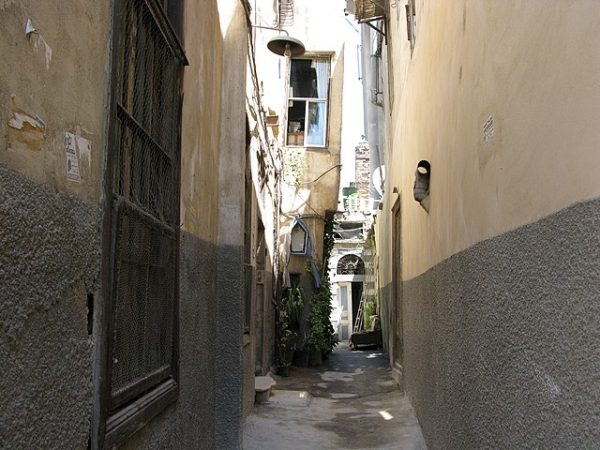Lunar New Year Basics
The date of the Chinese New Year (also called the Spring Festival) fluctuates from year to year due to the cycling lunar calendar, which is based on the phases of the moon. This year, the Lunar New Year falls on February 12th, marking the Year of the Ox. Only the first week is considered a public holiday, but the celebration lasts up to sixteen day due to the first appearance of a full moon occurring fifteen days after the holiday.
Due to the agrarian nature of ancient China, the Spring Festival originally served as a day to worship the gods in hopes of a prosperous harvest. The myth behind the festivities details a monster named Nian (meaning year) that would destroy Chinese societies on each New Year’s Eve, causing villagers to seek shelter in their homes. According to the legend, one year a boy stood against the beast with fire, which led to people celebrating their survival with firecrackers and fireworks, which became a core element of the Spring Festival.
As suggested by the myth, the use of loud noise and light are thought to ward off monsters and misfortune. Thus, similarly to other parts of the world, the Chinese set off fireworks at midnight, using the firecrackers again in the morning to welcome the new year. However, due to public health concerns, many major Chinese cities have outlawed the use of fireworks due to their polluting effects, though they received immense backlash, and Beijing lifted this ban in 2006 to appease society. Although it remains officially illegal in some areas of China, many citizens set them off anyway, with bursts of color occupying the sky for weeks in celebration. Another festivity thought to scare away the creatures is the Lion Dance, which is performed to create a joyful atmosphere and intimidate bad luck. With the lion symbolizing wisdom, superiority, and strength, this performance serves as one of the most important traditions of the New Year.
Each year, the first full moon of the Spring Festival acts as the Yuanxiao or Lantern Festival, in which decorative, red lanterns are sent up into the sky. Traditionally, girls were forbidden to wander outside by themselves – except for this night, when they would glance at the moon and beautiful patterns ascending, which eventually lead to this holiday doubling as a Chinese Valentine’s Day of sorts. Common greetings of the Chinese New Year that you can use this February are: “gong xi fa cai”, meaning “congratulations for the fortune” of “xin nian kuai le”, simply translating to “happy new year”.
There is a holiday before the Lunar New Year specifically for cleaning and organizing the home, washing away bad luck in preparation for a fortunate new year. On New Year’s Day, one must ensure that he maintains the fresh luck derived from the start of a new year, which is established by avoiding sweeping, showering, and disposing of garbage. One should also refrain from using sharp tools such as knives or scissors and verbalizing unlucky words such as “death” or “illness”.
Developing this idea of fortune, children often receive lucky money in red envelopes alongside gifts, which is meant to help transfer success from one generation to the next, though they can also be exchanged between friends or employees. Red is also viewed as the Chinese lucky color, so one should wear red and decorate his home with red on this day to enhance his year further. The Chinese will hang red lanterns, place red paper on doors and window sills, elevate strings of chili peppers (either real or fake) from their houses.
The dishes prepared for the new year each have a distinctive significance to the celebration, with the deserts in particular being meaningful. For instance, tangyuan, which is a soup dumpling, is pronounced similarly to tuanyuan, which means reunion, making them a beloved dessert during this festival, being centered around fortune and family. Fa gao can be described as a sponge cake-muffin, which is then dyed festive colors, such as red. The fa in its name derives from the same fa used in the phrase “fa cai”, meaning “to accumulate wealth”. Nian gao, a type of rice cake, represents a continued success each year, as reflected by its name, which literally means “year cake”.
Learning about other societies is important in developing our own global perspectives, as doing so enriches our lives with shared knowledge, enabling us to create meaningful connections. By understanding and appreciating the Chinese New Year, we are expanding the celebration and displaying a respect for other cultures. Xin nian kuai le!











